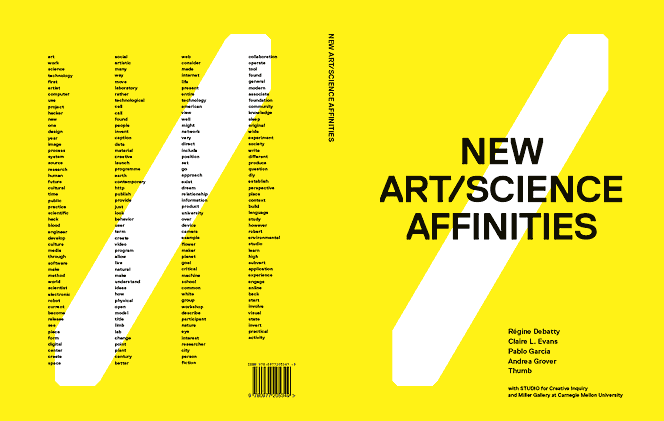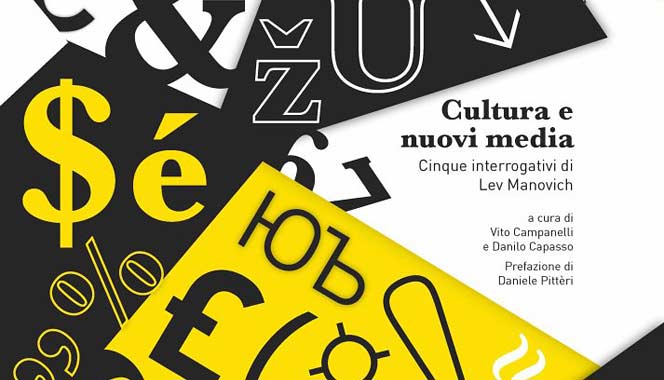
In collaboration with the Miller Gallery at Carnegie Mellon University, my laboratory, the STUDIO for Creative Inquiry, has co-published “New Art/Science Affinities,” a 190-page book on contemporary artists that was written and designed in one week by four authors (Andrea Grover, Régine Debatty, Claire Evans and Pablo Garcia) and two designers (Luke Bulman and Jessica Young of Thumb). The publication is a product of Grover’s Fellowship at the STUDIO for Creative Inquiry and Miller Gallery, funded by a Visual Arts Curatorial Research grant from the Andy Warhol Foundation.
“New Art/Science Affinities,” which focuses on artists working at the intersection of art, science and technology, was produced by a collaborative authoring process known as a “book sprint.” Derived from “code sprinting,” a method in which software developers gather in a single room to work intensely on an open source project for a certain period of time, the term book sprint describes the quick, collective writing of a topical book. The authors collectively wrote and designed “New Art/Science Affinities” book during seven days in February 2011 at the STUDIO.
The book includes meditations, interviews, diagrams, letters and manifestos on maker culture, hacking, artist research, distributed creativity, and technological and speculative design. Sixty international artists and art collaboratives are featured, including Agnes Meyer-Brandis, Atelier Van Lieshout, Brandon Ballengée, Free Art and Technology (F.A.T.), Rafael Lozano-Hemmer, The Institute for Figuring, Aaron Koblin, Machine Project, Openframeworks, C.E.B. Reas, Philip Ross, Tomás Saraceno, SymbioticA, Jer Thorp, and Marius Watz.
“New Art/Science Affinities” (2011, 8.5×11 inches, 190 pages, perfect-bound paperback, 232 full-color illustrations) is available for purchase ($45.75) through the Lulu.com print-on-demand service, or for free download (17MB PDF). ISBN: 978-0-9772053-4-9, Creative Commons BY-NC-ND 2.0.

